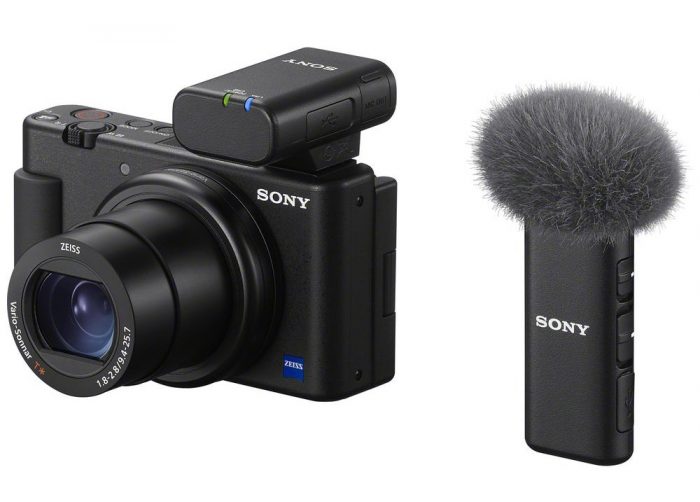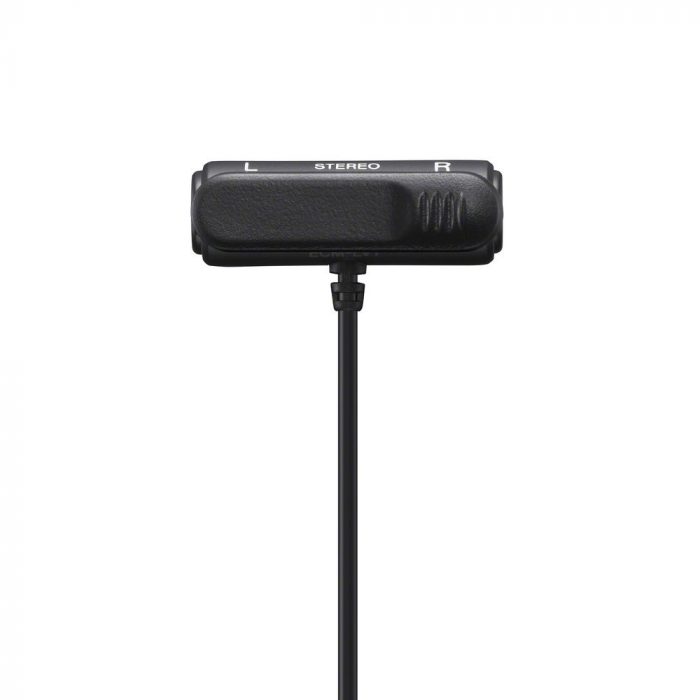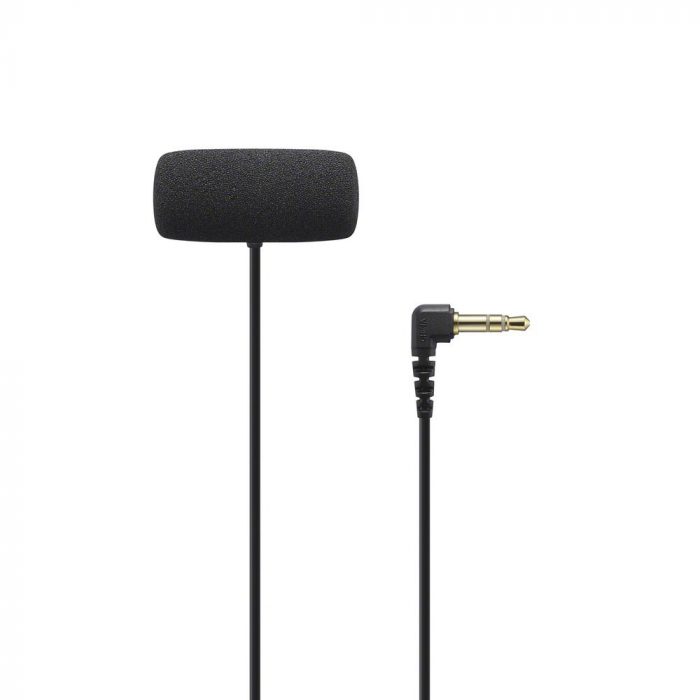Sony A1 now IN STOCK at Buydig Colby Brown published the full guide!
A very limited quantity of Sony A1 cameras is right now in Stock at Buydig (Click here).
And our friend Colby Brown (Click here) published the full Sony A1 guide!
A very limited quantity of Sony A1 cameras is right now in Stock at Buydig (Click here).
And our friend Colby Brown (Click here) published the full Sony A1 guide!
This is impressive folks! Sony announced a 128MP global shutter sensor. The sensor has a 56.73mm diagonal which is about the size of the sensor used by “large format” Fuji GF cameras like the new GFX100. Sony writes the sensor is designed for industrial use but I guess it could be easily find it’s way in cameras too (maybe in modified version).
For us E-mount owners it also means that maybe a FF Full Frame Global Shutter might not be far out! Here is the press text:
—
Delivering Increased Pixel Count, High-Speed Imaging Performance, and Contributing to Solutions in the Field of Advanced, Diversified Industrial Equipment
Tokyo, Japan — Sony Corporation announced today the upcoming release of a large format 56.73mm diagonal CMOS image sensor “IMX661” for industrial equipment with a global shutter function and the industry’s highest*1 effective pixel count of 127.68 megapixels.*2
This product features an increased pixel count that yields an optical size nearly 10 times larger than the common 1.1-type image sensor corresponded to the C mount*3 for industrial equipment. It also features Sony’s original global shutter pixel technology “Pregius™”, which enables capture of motion distortion-free images. Furthermore, the Sony’s original device configuration and interface technology employed enable high-speed image readout at a data rate nearly four times faster*4 than conventional products.
Sony expects that the new sensor, when used in industrial equipment cameras for a wide variety of applications, will help to solve a variety of complex challenges, thereby contributing to the development of industry.
 IMX661 CMOS Image Sensor (left: color model, right: black and white model)
IMX661 CMOS Image Sensor (left: color model, right: black and white model)
| Model name | Sample shipment date (planned)*5 |
|---|---|
| IMX661 3.6 type (56.73 mm diagonal) 127.68-effective-megapixel CMOS image sensor | April 2021 |
Needs for automation, labor-saving and other benefits of digital transformation continue to grow in recent years in various fields of industrial equipment. This has accelerated the adoption of cameras for a wide variety of applications, driving demand for CMOS image sensors with higher imaging performance.
The new product couples Sony’s Pregius technology with the 3.6-type (56.73mm diagonal) large optical size, delivering an increased pixel count and motion distortion-free imaging. The original device configuration, which employs a chip-on-wafer process, together with Sony’s original interface technology, enables high-speed readout nearly four times faster than conventional products*4 in full-pixel readout mode. This design delivers highly efficient imaging that captures a wide viewing angle with no motion distortion in a single imaging operation. It also improves recognition precision thanks to the high-resolution imaging and delivers a high level of processing performance. It can contribute to solutions for a variety of industrial equipment applications, for example, inspection processes for production of displays and electronic substrates, wide-area monitoring, and aerial photography, where its improved precision and quicker readout will help meet the need for a high level of productivity.
This product features a large optical size of 3.6-type (56.73mm diagonal), nearly 10 times larger than the common 1.1-type image sensor corresponded to the C mount lens for industrial equipment with a pixel size of 3.45 μm, resulting in a massive pixel count of 127.68 megapixels, which is the industry’s highest for a CMOS image sensor equipped with a global shutter. It enables a wide viewing angle and high-resolution imaging by increased pixel count, and the motion distortion-free imaging demanded on cameras for industrial equipment, thereby improving imaging efficiency and recognition precision.
 Image sensor optical size (imaging area) comparison*6, area ratio about 10 times (1.1-type comparison)
Image sensor optical size (imaging area) comparison*6, area ratio about 10 times (1.1-type comparison)Generally, increased pixel count means increased signal processing volume, which causes issues such as a drop in frame rate and longer readout times. In order to realize high-speed readout, it is necessary to improve the processing functionality of the AD converter which converts the analog signal output from the pixel to digital signals, and at the same time, increase the speed of the output interface.
This product features Sony’s original device configuration employing a chip-on-wafer process where chips with certain functions are stacked on top of the pixel wafer, allowing for optimal positioning of the AD converter. This design improves AD converter processing functionality without increasing the size.
The new sensor also employs the Scalable Low Voltage Signaling with Embedded Clock (SLVS-EC™)*7 high-speed interface standard developed by Sony, in order to make output interface faster. These two original technologies enable 127.68 megapixels,10bits,21.8fps, which is a high-speed output data rate nearly four times faster than conventional models*4.The dramatic increase in multi-pixel and readout speed greatly contribute to the improvement of productivity in industrial applications.
 Device configuration using chip-on-wafer process
Device configuration using chip-on-wafer process
The new product is equipped with a range of signal processing capabilities required for industrial equipment CMOS image sensors to meet diverse applications and needs. These include such as; trigger synchronization for controlling imaging timing during high-speed inspections; Region of Interest (ROI), which reduces post signal processing load by only reading out the required regions; gradation compression, which reduces data volume while outputting required information; multi-exposure, which is capable of detecting the trajectory of moving objects; short exposure time for blur-free imaging of objects moving at high speeds; pixel binning readout, which can enhance sensitivity in low luminance situations.
| Model name | IMX661 (color, black and white) |
|---|---|
| Unit cell size | 3.45 μm x 3.45 μm (H x V) |
| Effective pixels | 13,400 x 9,528 (H x V), 127.68 megapixels |
| Image size | Diagonal 56.73 mm (3.6-type) |
| Active area | 46.2 mm x 32.9 mm (H x V) |
| Package | Ceramic LGA |
| Micro lens | EPD -100mm (CRA 15.8 degrees) |
| Power supply | Analog: 3.3V Digital: 1.2V Interface: 1.8V |
| Output | 4.7Gbps/lane SLVS-EC 16/8/4 lane 891Mbps/lane SLVS 16 lane |
| Frame rate | 14 bit: 12.9 fps 12 bit: 19.6 fps 10 bit: 21.8 fps |
| Main functions | Global shutter, trigger synchronization, ROI, gradation compression, multi-exposure, short exposure, pixel binning readout |
Where possible, you probably use your own images in creative projects. But even if you have a significant back catalog, you’re likely to run out of shots quite quickly.
Topaz released a big update to Video Enhance AI this week (Click here). You can try it for free and if you buy it use the code “ENHANCE15” to get an additional 15% discount on top of the $100 off you get in the first place.
This is what’s news:
Major Features
Improvements

Here are some video samples:
Today only you save $150 on the Sandisk 1TB SD card if you add it at BHphoto’s cart (Click here).
You also save $50 on the Tamron 70-300mm FE lens and $100 on the Sigma 14-24mm FE lens.

Tomorrow (March 9) Sony will announce the new “ECM-W2BT” wireless microphone and “ECM-LV1” small lavalier microphone. Here are the leaked images!
Don’t forget that on March 16 we will get the new 50mm f/1.2 GM and on March 23 other new FE lenses!



–
via Nokishita
Opticallimits tested the Tamron 70-180mm FE and concluded:
While we have seen similar lenses from Canon, the Tamron 70-180mm f/2.8 Di III VXD is a refreshingly different approach to a fast tele zoom lens in Sony E-mount. With activated image auto-correction, it is capable of producing beautiful results. It’s very sharp across the image frame in the lower to mid-range and at least the center sharpness is very impressive at 180mm. Image distortions are nicely corrected and there’s just a tad of vignetting at f/2.8 in this case. Lateral CAs are also well controlled. Some flaws become obvious with deactivated auto-correction – namely high distortions and vignetting towards the long end but then few users are probably still using uncorrected images these days. The quality of the bokeh is typical for many lenses in this class. Out-of-focus highlights can be a bit busy and the foreground blur is not ideal. So when it comes to bokeh, primes lenses still rule the neighborhood. That being said – the Tamron lens is one of the very few lenses producing minimal bokeh fringing (LoCAs).
The build quality is on a very decent level. Typical for Tamron lenses, there’s an emphasis on low weight rather than (supposedly) super-tough materials – they are using plastics except for the lens mount. That’s not necessarily a bad thing though – also because it’s a really precisely assembled lens with no wobbly parts even in a fully extended zoom position. Tamron implemented some sealing against moisture but there’s no statement about dust protection. If you are expecting a dedicated tripod mount and some switches on the lens – don’t. There’s a transport lock but that’s about it. The AF/MF has to be set on the camera and there’s no image stabilizer. The Tamron is not a super-tele so the in-camera IS should usually be “good enough”. Generally, we don’t see any issue with these simplifications.Overall it’s awesome to see that such lenses can be relatively compact and light-weight – and affordable, too. Kudos to Tamron for providing such an interesting lens. Highly recommended!
70-180mm store links:
In USA at Amazon, BHphoto, Adorama and FocusCamera
In Germany at FotoKoch DE, Amazon DE, Calumet DE.
In UK at Amazon UK, WexUK, ParkCameras.
In Amazon EU stores at Amazon FR, Amazon IT, Amazon ES, Amazon NL.